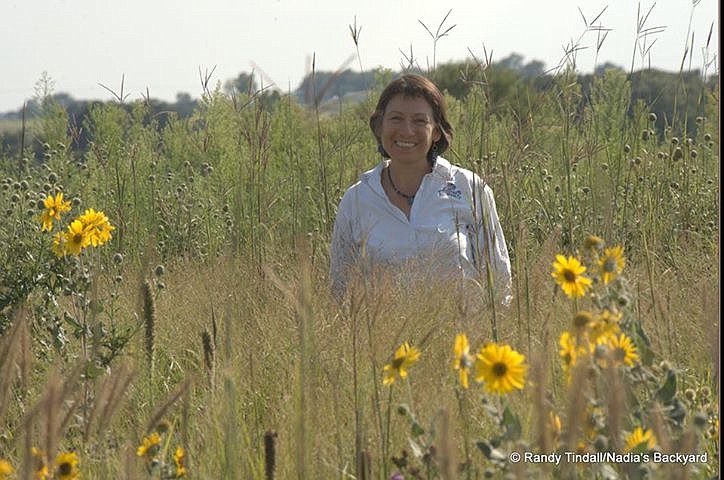If something was tasty, good for you and, best of all, free for the taking, would that get your attention?
Well, you're in luck. In Missouri, one can find a variety of native plants that can be consumed as greens, teas, in stews or for flavoring, the way American Indians did before the arrival of the Europeans. Settlers adopted many of them in their diet, and these foods continued to be used commonly until recently in our history.
Many of these plants are mentioned in native edibles books, but in reality only a few of them are consumed regularly, such as gooseberries, black raspberries, paw paws, persimmon, elderberry, wild plum, wild leeks and a few more. A very few domesticated popular native species include sunflower, pecans and black walnut and northern species like cranberries and wild rice. In Missouri and across the country, there is little awareness about native perennial greens that are available in abundance, including nettles, cup plant and goldenglow, among others.
Many of these plants are still being consumed, but general knowledge about them is limited to older generations and a few interested individuals, organizations and institutions. There have been recent efforts to revive knowledge of native edibles, and one such effort is being undertaken by the Native Plants Program at Lincoln University in Central Missouri and beyond.
There are many reasons to grow and consume native edible plants. Because of their diversity, some grow better in dry conditions and some prefer wet habitats. Some tolerate shade, and others grow better under full sun. Most of them have a wide range of adaptation, and in these times of unpredictable weather native plants are very resilient. According to retired State Park Naturalist Bruce Schuette, the number of Missouri native plants surpasses 2,000 and the Missouri Department of Conservation recommends many of them in gardens and farms because of their importance for the survival of native pollinators like native bees and other wildlife.
The Native Plants Program is helping to increase appreciation of readily available native edible plants in Missouri by offering classes, field days and special events through outreach and education. It puts special emphasis on plants good for human consumption, those that provide food and cover for pollinators, and those that can beautify and improve the well-being of communities.
Many native species good for food, other value-added products and conservation have been established at the Native Plant Outdoor Laboratory and other demonstration gardens and can be seen at the Lincoln University campus throughout the year.
To get you started, consider these eight native edible plants in Missouri. They are all perennial and are easy to grow:
Elderberry is a woody shrub that forms thickets. The white flowers are used to prepare tea or cordials, and the berries are used for juice, jellies, wine and pies. Also, the unripe fruit can be pickled and replaced for capers in recipes.
Smooth sumac and winged sumac are two shrubs that form thickets. The bright red berries should be harvested immediately after ripening in the fall and can be used to prepare "sumacade," a refreshing drink; syrups or jams.
Wild plum is a thicket-forming shrub or small tree. The bright red fruits mature in late summer and are used to make jellies and marmalades. The flavor is excellent!
Mountain mints, either slender mountain mint or fussy mountain mint, are two aromatic herbs. At Lincoln University, we have developed a recipe for ice cream and a cheesecake that, according to evaluators, are to die for!
Blue sage, another aromatic herb member of the mint family, has been used at Lincoln to flavor scones and shortbreads.
Cup plant, also called carpenter square for its square stems, is a member of the sunflower family. In the spring, the first leaves are gathered and used in recipes that call for greens like spinach.
Before you start consuming these plants, know how to identify them. You can have your own little supermarket by planting some of these natives right in your own backyard. Remember these plants are just to get you started! There are many more, and we will discuss some of them in future columns.
Nadia Navarrete-Tindall has been an associate professor and native plant specialist for the Lincoln University Cooperative Extension since 2008. The Native Plants Program provides educational tools to students and the public on how to identify, grow and market native edible plants and those that are important to pollinators.

